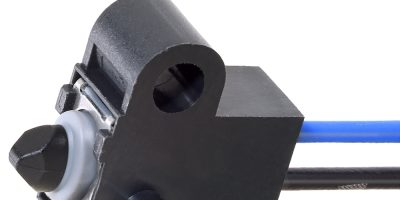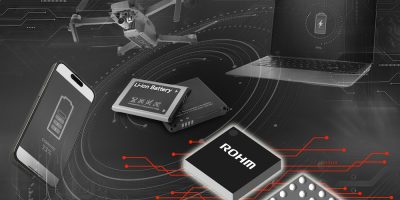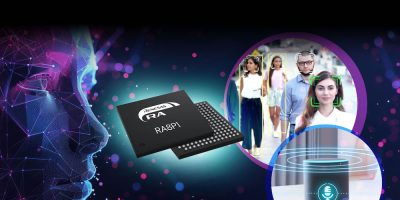Omron has extended its portfolio of sealed basic switches, adding the D2EW-R series that contains integrated resistors to detect events such as malfunctions and tampering.
Depending on the voltage across the D2EW-R internal resistors, the system can differentiate between normal switch-open or switch-closed status and an open circuit or short circuit at the terminals. By helping detect faults such as wiring defects, equipment failures, or malicious damage, these switches can extend diagnostic monitoring in industrial automation and enhance security protection for equipment such as vending machines and smart meters.
Using the underlying architecture of Omron’s D2EW switches, the new D2EW-R series has the same tiny 8.3mm x 7.0mm x 5.3mm outline and supports multi-angle operation without using a lever. These features save space and enhance flexibility in customer-unit design, while the sliding contact structure ensures high reliability and quiet operation. Options include polarised mounting posts or M3-screw mount that ease installation in small spaces, as well as press-fit electrical terminals, solder terminals, and moulded lead wires with straight or angled exit.
In addition, the switch mechanism has IP67 protection and is highly resistant to vibration and shock. With their built-in resistors, D2EW-R variants are rated for operation from 5V to 18V over the temperature range from -40°C to 85°C.
The D2EW-R series is a suitable solution for security applications requiring anti-theft or anti-tamper functionality, such as smart meters, safety boxes, surveillance cameras, and automated locking systems. Additionally, it is well-suited for use in factory automation systems that require failure detection and diagnostics, including industrial robots, autonomous mobile robots (AMRs), and automated guided vehicles (AGVs).
The new switches join the extensive family of sealed miniature switches from OMRON that also includes D2AW, D2AW-R, D2GW, and D2QW sliding-contact types for levered and lever-free operation and 0.1A current rating. Other switches, such as the D2VW, D2SW, and D2HW, which are capable of handling higher current load, are also available.







